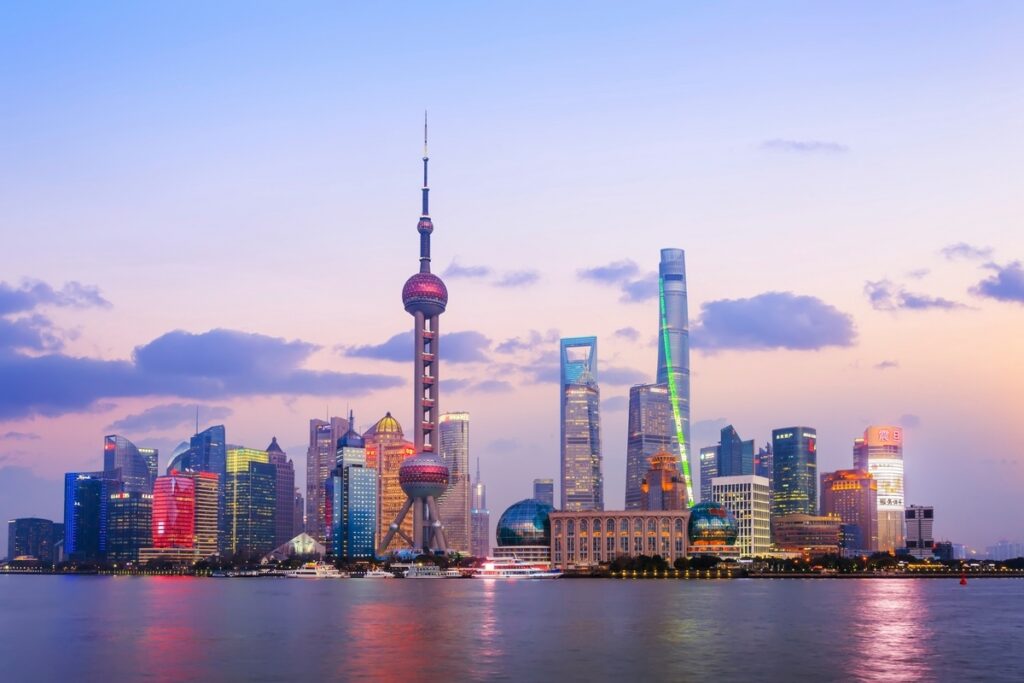
Shanghai used to be easily accessible for visits, but now the barriers have risen a bit
In recent years, the use of flights transiting through China has been increasing again. However, China’s entry conditions, as of 2024, have been affected by post-pandemic regulations, causing confusion especially among travelers visiting China for the first time in a while.
To enter China, you now need a Chinese visa in addition to a valid passport, a requirement that came into effect during the pandemic. However, there are cases where visa exemptions apply for transit purposes for specific nationalities and conditions. Specifically, there is a visa exemption measure allowing stays of up to 144 hours for certain nationalities, including Japanese citizens, but in practice, this doesn’t always apply smoothly. In this travel report, I’ll introduce some of the issues I actually faced when using a flight via Shanghai. To conclude in advance, there’s a possibility you could even be denied boarding, so sufficient preparation and understanding are necessary.
Our Travel Route

We used Spring Japan for the Tokyo-Shanghai route
We chose to travel from Narita International Airport to London via Shanghai Pudong International Airport. The airlines we used were Spring Airlines (Spring Japan) from Narita to Shanghai, and Air China from Shanghai to London. Since we had layovers of about 24 hours on both outbound and return journeys, we decided to take advantage of the transit exception to enjoy sightseeing in Shanghai.
However, when actually using the route via Shanghai, we encountered several unusual difficulties. Through this experience, I realized just how much caution is needed.
Problem #1: Check-in Takes Forever to Complete
First, I spent an unexpected amount of time checking in at Narita Airport. After arriving at Spring Airlines’ check-in counter and beginning the process, it took about an hour before the actual ticket was issued. The reason was that detailed checks were needed to determine whether travel to China would be permitted.
China’s transit visa exemption is an exceptional measure. Therefore, each case needs to be carefully verified, and the counter staff was proceeding with the process while frequently contacting relevant authorities in mainland China. The counter staff also explained that “if passengers without proper entry qualifications to China are allowed to travel, the airline will be held responsible and fined about $4,000 per person.” This is why they can’t simply “let everyone board.”
Problem #2: Entry Procedures Take Forever to Complete

To apply for the transit exception, you need to fill out specialized forms with necessary information and present them to immigration staff at the airport.
After arriving at Shanghai Pudong International Airport, the entry procedures for transit took much longer than expected. Even the immigration staff didn’t fully understand the details of the transit exception and proceeded cautiously while checking with other members. In particular, since I had previously visited China, the procedures became even more complicated and took longer than for my companions.
China’s transit visa exemption measures may differ in applicability depending on individual travelers’ circumstances, so insufficient prior confirmation can lead to potential problems.

Once entry procedures are successfully completed, a visa-exempt stay permit is stamped in your passport.
Problem #3: Almost Denied Boarding on the Return Flight
Furthermore, a new problem arose on the return flight from London. I was almost denied boarding for the reason that “transit time is more than 24 hours, so you’re ineligible.” This issue was due to differences in staff understanding of the exceptional measures. Particularly when checking in outside of Japan, there’s often a lack of deep understanding of the exceptional measures for Japanese nationals, requiring explanation from our side.
In the end, I explained that although the stay would exceed 24 hours, Japanese nationals can stay for up to 144 hours during transit without a visa, and after confirmation with mainland China, boarding was somehow permitted. If my explanation had been insufficient, I might not have been able to return to Japan, which was a terrifying thought.
Trends and Countermeasures
Through this experience, I felt that when using flights via China with different airlines or separately booked tickets, you should be prepared for check-in and entry procedures to take more time than usual. Specifically, it’s safe to allocate about an hour more than usual for check-in. If you arrive at the airport at the last minute, the chances of missing your flight due to incomplete procedures increase.
Additionally, some check-in counter staff may not understand the correct information and could unfairly deny you boarding. To prevent this, it’s essential to thoroughly research travel conditions in advance and acquire basic English skills to be able to explain and negotiate assertively in case of any issues.
Summary
Flights via China are a cost-effective option, but understanding and preparation regarding the latest entry procedures are essential. As in this case, detailed procedures often take unexpected time, so it’s important to secure sufficient time and thoroughly check transit conditions in advance. Especially regarding exceptional measures for certain nationalities, keep in mind that staff understanding may vary, and be aware that you might need to provide explanations yourself when necessary.
Related Articles:

![[Risk Check] Is China Eastern Airlines Dangerous? Why Is It So Incredibly Cheap? The Shocking Truth Behind the Low Fares and What to Watch Out For](https://en.kosupatravel.com/wp-content/uploads/2025/04/20241014195554.jpg)
![You Can’t Leave Xinjiang Uyghur Without Trying Dapanji (Big Plate Chicken) – A Local Restaurant Taste Test Report [Xinjiang Silk Road Journey]](https://en.kosupatravel.com/wp-content/uploads/2024/12/20240324124044.jpg)


